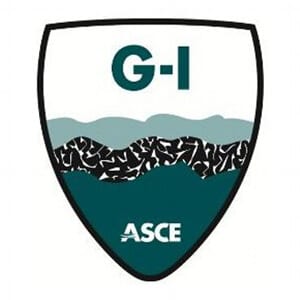Applications of Void Filling
Sinkhole Remediation
- Causes of Sinkholes: Natural geological processes, such as the dissolution of limestone or other soluble rocks, can lead to the formation of sinkholes. This creates hazardous voids beneath the surface, posing significant risks to infrastructure and safety.
- Void Filling Techniques for Stabilization: By injecting grout or polyurethane foam into the sinkhole, these voids are filled, providing essential stabilization. The process not only prevents further subsidence but also secures the ground, ensuring it can safely support surface structures.
Mine Subsidence Repair
- Issues Arising from Abandoned Mines: Abandoned mining operations often leave behind large voids that can cause dramatic ground subsidence. This poses a risk to surface infrastructure and can lead to substantial structural damage.
- Role of Void Filling in Preventing Collapses: Void filling techniques, such as the use of flowable fill or compaction grout, stabilize the ground above these voids, preventing potential collapses. This intervention protects existing structures and paves the way for safe redevelopment of the land.














